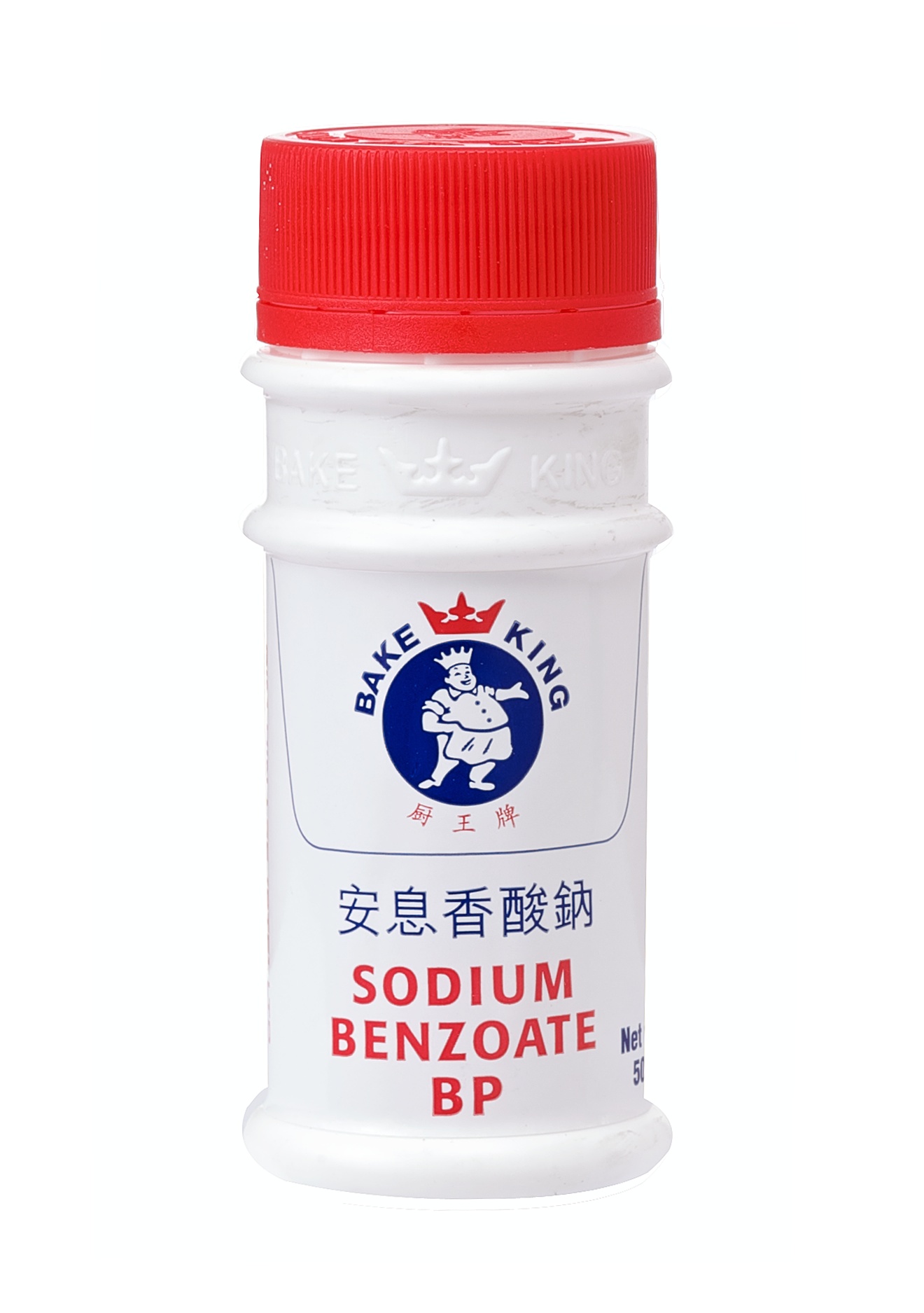- X
- Tumblr
The Singapore Biennale 2016 will last 4 months, from the end of October 2016 to the end of February 2017. Many of the plants we are planning to exhibit in the "GastroGeography" installation last for just 4 days, or less. So how?
First we looked at pure water. Bacteria may grow and also remove the colour, especially of the flowers. We tried resin, which is both costly and difficult to handle when it's burning hot. It also makes more fragile flowers and leaves collapse. Our experiments reminded me of the tasteless plastic foods, that some Japanese restaurants use instead of a menu card.
Then formaldehyde/formalin, the stuff that is used for most animals in jars in museums. Turns out that its poisonous. Not a good option to preserve edible plants really. I called Singapore Botanical Gardens, but their people do not answer questions like that from the public. So how?
Oils? Natural oils are mostly yellow. Coconut oil is beautifully white in colour, but goes solid if the room is below 24 degrees (which would be most places indoors in Singapore). Pure alcohol could perhaps work, but it is illegal in Singapore.
Drying may work for some of the leafs, is not a good option for most of the fruits and may also affect the natural colouring. The same goes for pasteurising (boiling).
I then went back in time and looked at my old Danish cookbooks and voila! In Frk. Jensen's Cookbook, version 1988, she mentions a certain conservation liquid made from water and "benzoesurt natron". In earlier versions of the book, this is added with "vinsyre". Apparently a very popular conservation method launched in Denmark in 1941, especially during the World Wars, when sugar was expensive and this stuff could help to preserve jams and pickles in a cheaper way.

It took a good hour to get the correct English translations of these old Scandinavian words, that do not seem be used in modern cooking. Finally, a Swedish website revealed that the former is called Sodium Benzoate and the latter goes by the name of Tartaric Acid.

Today, Sodium Benzoate is the most common industrial preservative in jams and marmalades, and also widely used in beverages, especially carbonated, as it stops the fermentation process.
While Sodium Benzoate is a part natural, part chemical material, Tartaric Acid (vinsyre) is naturally present in many plants, like grapes. Perhaps this could be replaced by normal vinegar? Also, further to explore are glycerin, washing and maybe event hairspray? Time for more experiments, please stay tuned.
